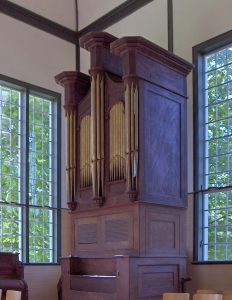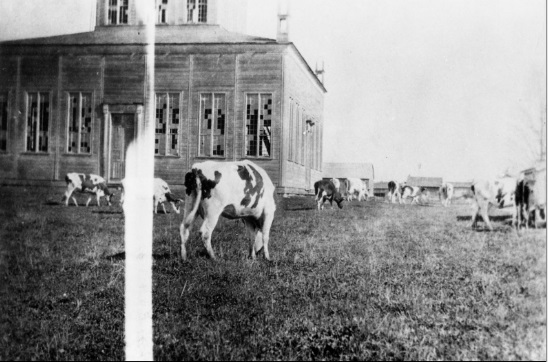The Children of Peace
The Children of Peace were a religious community located in Hope, Ontario. In 1841, the town of Hope was renamed Sharon in order to get a post office. Under the leadership of David Willson, the Children of Peace broke away from the Quakers in 1812. Quakers were “plain folk,” known for their quiet meetings for worship and lack of music. The Children of Peace enjoyed including music in their services and meetings. They created the first civilian band in Canada, known for playing in the Temple, marching, and giving concerts. They also commissioned the first organ made in Canada.



